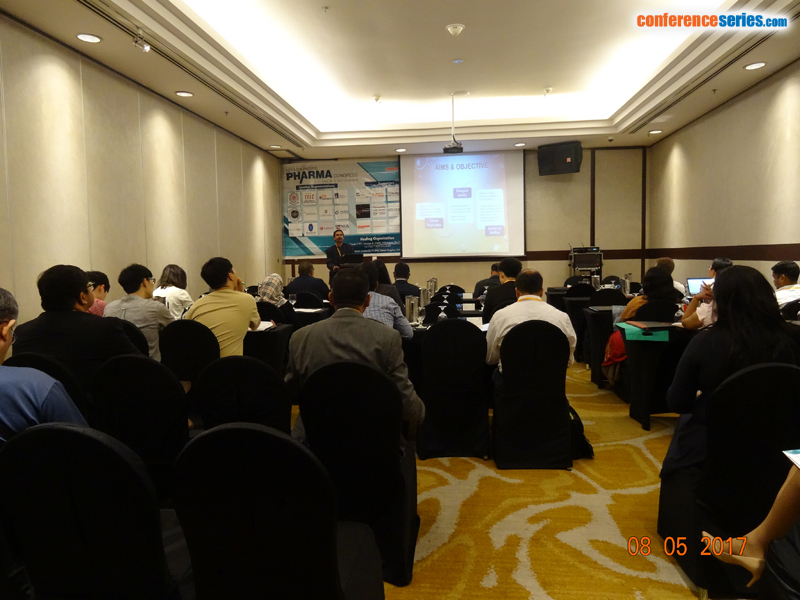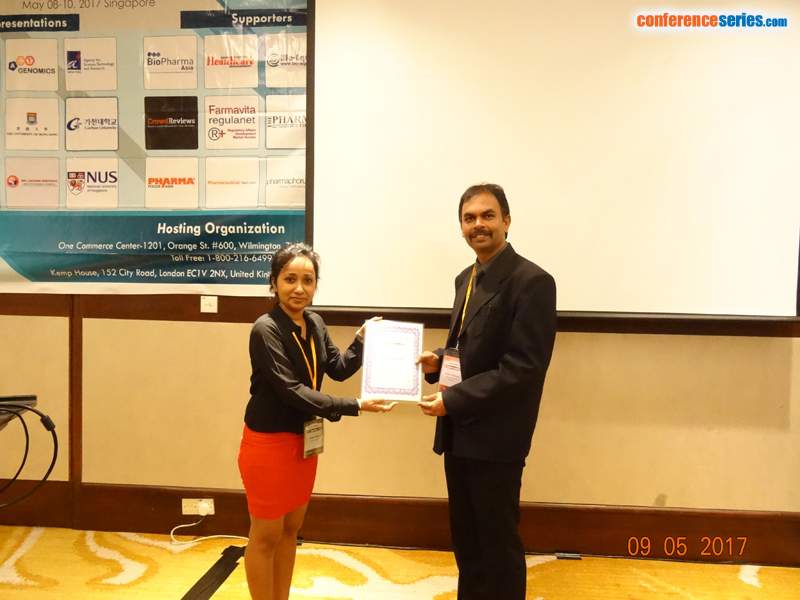
Gopal Natesan
MAHSA University, Malaysia
Title: Study on Rhizophora stylosa extracts as protective agent against dental bacterial biofilms (in-vitro)
Biography
Biography: Gopal Natesan
Abstract
Bacterial dental plaque is one of the most complex oral biofilm and the primary initiating factor of the most prevalent oral diseases such as dental caries, periodontal diseases, and peri-implant diseases due to the microbial film formation and hence the management of biofilm is vital for oral health as well as impeding the development of various periodontal diseases. Commercially available medications have been tried and tested against bacterial plaque pathogens. Unfortunately, various antimicrobial drugs cannot be used safely due to its side effects as well as development of antibacterial resistant strains of microorganism. The search for alternative products continues and natural extracts isolated from plants used as traditional medicines are considered as good alternatives. Hence, an attempt has been made to study the antimicrobial effect of Rhizophora stylosaleaf and bark extracts against the selected consortium of dental biofilms such as Streptococcus pyogenes, Pseudomonas aeruginosa, Staphylococcus aureus and Streptococcus salivarius by minimum inhibitory concentration (MIC) and minimum biofilm eradication concentration (MBEC). The extracts of R. stylosa leaves and barks were prepared by hot percolation method using organic solvents (petroleum ether, chloroform and methanol). The biofilms of varying microbial consortium combinations were developed and exposed to the different organic leaf and bark extracts with a highest concentration of 200mg/ml which was serially diluted to a concentration of 0.4 mg/ml. The viability of the biofilms was determined at 570nm by ELISA microtiter plate reader and the MBEC was determined by spot plating method. From the study, it has been concluded that Petroleum ether leaf extracts exhibited better antimicrobial activity compared to other extracts and the biofilms which had S. aureus and S. salivarius being the most susceptible resistant organism respectively towards the extract.






